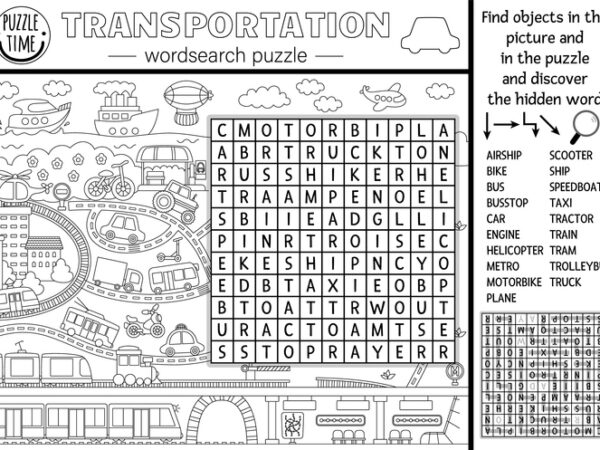Now that people are gathering once again, restaurants, concert halls, galleries and sporting arenas are filling with crowds, and something we may not be used to – plenty of noise! Most older adults suffer from some degree of hearing loss, but a certain type triggered by background noise may be missed in normal audio testing. Hidden Hearing Loss can be extremely frustrating when individuals can hear well in normal circumstances but struggle to make out words in a noisy, crowded room.
According to a recent New York Times Mind report, Hidden Hearing Loss is a condition that makes it difficult for people to understand sounds in noisy settings. They may be able to hear well and follow a conversation in a quiet room but when background noise is introduced, are unable to make sense of the sounds they hear. What’s more maddening is that a standard hearing test may miss this type of hearing loss.
It is difficult to tell how many people actually suffer from Hidden Hearing Loss because many of those who notice this hearing problem don’t follow up with an audiologist appointment. A 2018 study reported that 15 percent of audiology patients suffer from this form of hearing loss, but that number only reflects those who have sought help by scheduling a hearing test.
The incidence of Hidden Hearing Loss appears to increase with age, but it may occur earlier than traditional hearing loss and has been known to show up in college students. Researchers suggest the brain cells that translate hair vibrations in the cochlea, deep inside our ears, may have been damaged by loud noise causing hearing loss triggered by background noise. If you have trouble following conversations with background noise or have a persistent ringing in your ears, a visit to the audiologist is likely warranted.
Although there is no way to reverse Hidden Hearing Loss, there are strategies sufferers can use to minimize frustration in crowded settings. When having a conversation, ask the speaker to repeat themselves more slowly and clearly (rather than louder). By positioning yourself with the noise at your back, facing the speaker, you may have an easier time hearing. A directional microphone which amplifies sound directly in front of you but quiets noise from the sides or behind can also be useful. If you have an iPhone or iPad using iOS 14.3 or newer, a built-in tool, Live Listen, can allow the microphone to be used as a listening device that can send sound to your hearing aids or AirPods. Using Bluetooth to connect, the phone is placed close to the person speaking and the conversation is sent to the headphones of the hearing impaired.






Add Your Voice
0 Comments
Join the Discussion